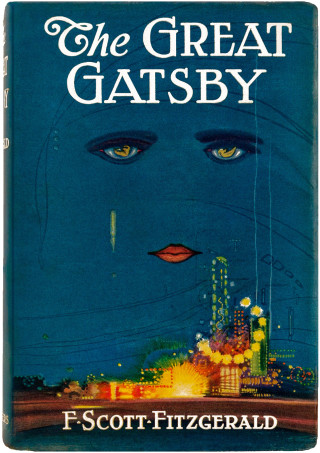3.
While awaiting the publication of This Side of Paradise, Fitzgerald finished “quite a marvellous after-the-war story,” probably salvaged from an abandoned second novel. It was long, disjointed, rather grim; none of the commercial slicks would take it, but The Smart Set published it in July 1920. “May Day,” considered by many scholars Fitzgerald’s first masterpiece, was based, he said, on “three events” from the spring of 1919 that “made a great impression” on him. “In life they were unrelated,” he explained when he revised the story in 1922, “except by the general hysteria of that spring which inaugurated the Age of Jazz,” but in Fitzgerald’s imagination they fused into one story. For him, it was the 1919 May Day riots that “inaugurated” the Jazz Age: not parties or music, bathtub gin or a booming stock market, but the violence of class conflict.
In early 1919 Fitzgerald was living in New York, broke and near despair, fearing professional failure, while his rich college friends gathered for lavish cotillions at Delmonico’s, the exclusive restaurant of the Gilded Age elite, or at “lush and liquid garden parties.” Even as he “tippled with Princetonians in the Biltmore Bar,” Fitzgerald later recalled, “I was haunted always by my other life,” “my shabby suits, my poverty.” One Saturday that spring, Fitzgerald became extremely drunk with a wealthy friend while attending a dance at Delmonico’s. They hung signs from the cloakroom around their necks, introducing each other as Mr. In and Mr. Out, before going to Child’s all-night restaurant on 59th Street, where Fitzgerald tried to explain that Columbus Circle doesn’t really curve, but only seemed to because he was drunk. They finished with breakfast at the Biltmore, smashing champagne bottles on Sunday morning in front of startled churchgoers.
Even as Fitzgerald enjoyed such silly debauchery, senseless violence and conflicts over inequality and “Americanism” filled the news. At the end of April, parades of returning soldiers marched up Fifth Avenue past grandstands and cheers from gathered crowds; a bartender at Delmonico’s who had been watching from one of the restaurant’s upstairs windows fell and fractured his skull, making national front-page news. On May 1, in cities across America, returning veterans attacked socialist groups celebrating the Bolshevik revolution; in New York, homemade bombs were discovered addressed to politicians, while thousands of servicemen roamed the streets in search of “reds” and raided meeting places, including the offices of a socialist daily, The Call, where a man jumped twenty-five feet from a window to escape the mob. A week later, James Reese Europe, the most famous jazz musician in America, was stabbed to death by his own drummer in a backstage dispute. A passionate advocate of African-Americans playing their own music, Europe was the first person to bring syncopated rhythms to Carnegie Hall, in 1912, before arranging the “Castle Walk,” which made the foxtrot a national mania. Fitzgerald saw Irene Castle and her husband, Vernon, perform it in 1913, and probably danced to Europe’s Society Orchestra at Delmonico’s.
